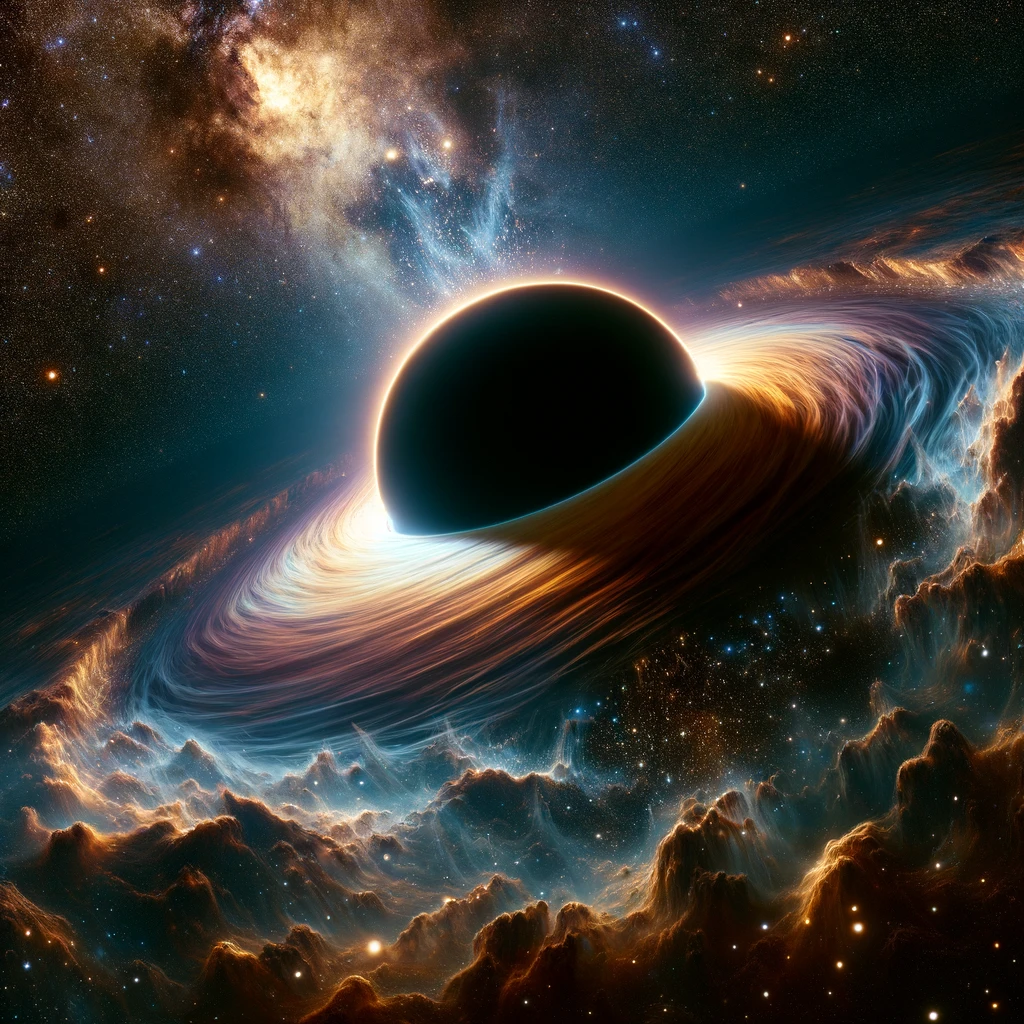A groundbreaking study by a team of 32 scientists from 10 countries (Finland, Poland, India, China, USA, Czech Republic, Japan, Germany, Spain, Italy) has confirmed the existence of a smaller black hole orbiting a larger one in the distant galaxy OJ 287, four billion light years away. This marks the first time an orbiting black hole has been observed.
Previous research had suggested the presence of two black holes at the center of OJ 287, a theory first proposed by astronomers at the University of Turku, Finland. In 2021, NASA's Transiting Exoplanet Survey Satellite (TESS) was directed towards OJ 287 to verify this theory. TESS, known for discovering exoplanets, found indirect evidence of a smaller black hole orbiting a massive black hole 100 times its size.
The confirmation came when TESS detected a sudden burst of brightness on November 12, 2021. This event, predicted by researcher Pauli Pihajoki in his 2014 doctoral dissertation, indicated the presence of the smaller black hole. The findings were recently published in the Astrophysical Journal Letters.
Shubham Kishore and Alok C. Gupta from the Aryabhatta Research Institute of Observational Sciences, and Paul Wiita from The College of New Jersey, USA, were key in analyzing the observations. NASA's Swift telescope and a global collaboration led by Staszek Zola from the Jagiellonian University in Cracow, Poland, confirmed the event using telescopes around the world. Additionally, Svetlana Jorstad's team from Boston University validated the discovery by studying light polarization changes before and after the flare.
Professor Mauri Valtonen and his team at the University of Turku demonstrated that the 12-hour burst of light originated from the smaller black hole. This phenomenon occurs when the smaller black hole consumes a large portion of the accretion disk surrounding the larger black hole, resulting in a jet of gas that outshines the larger black hole temporarily.
"The 'yellow' color observed during the burst, instead of the usual red, indicates that we are seeing light from the smaller black hole," explained Professor Valtonen. "This allows us to say we have 'seen' an orbiting black hole, much like TESS sees planets orbiting other stars."
Future observations may further reveal the smaller black hole's existence through nano-Hertz gravitational waves, expected to be detectable by pulsar timing arrays in the coming years, according to A. Gopakumar from the Tata Institute of Fundamental Research in Mumbai, India.











